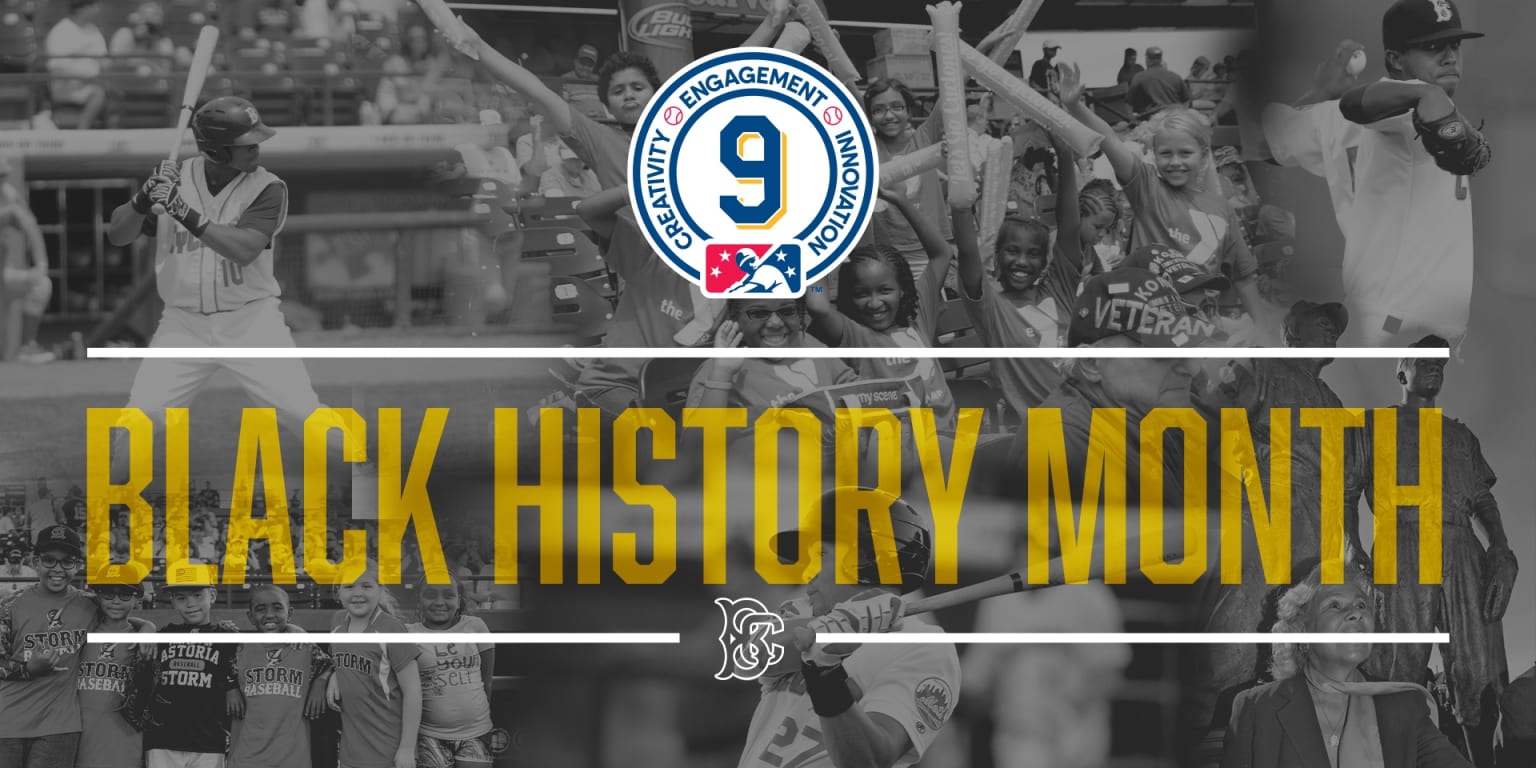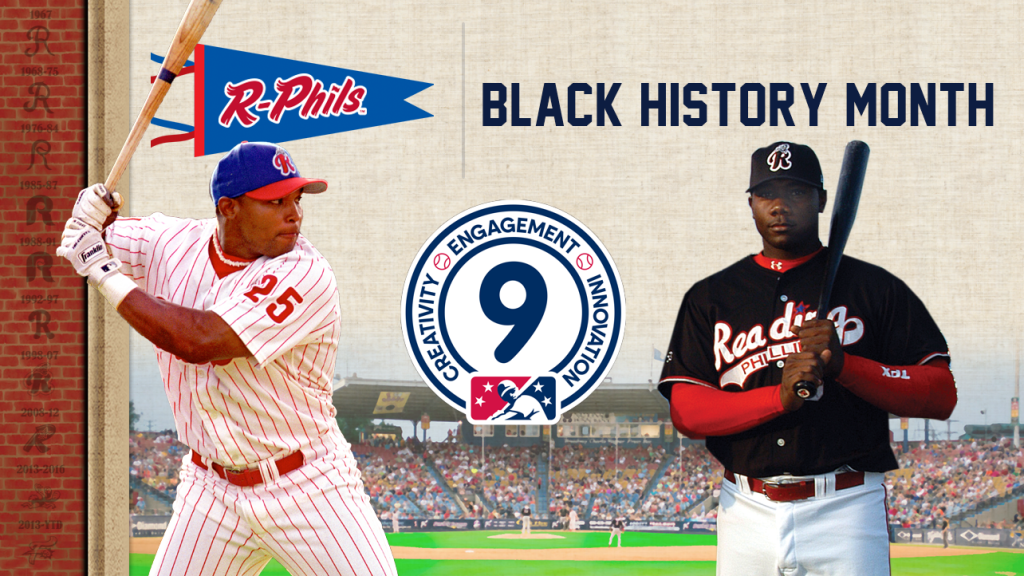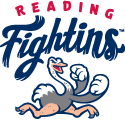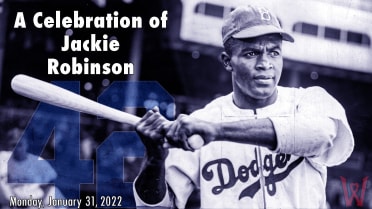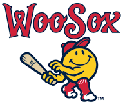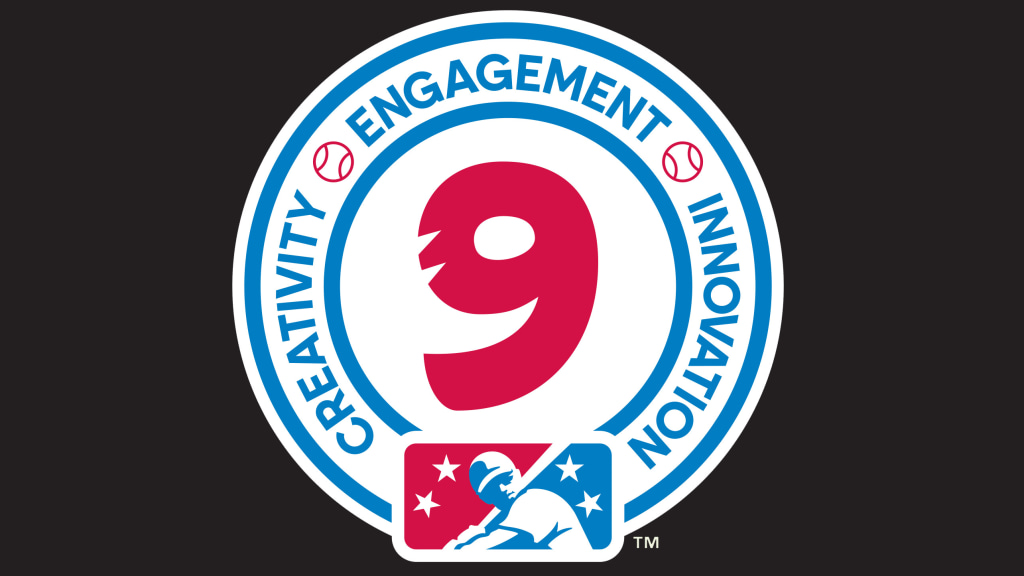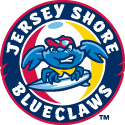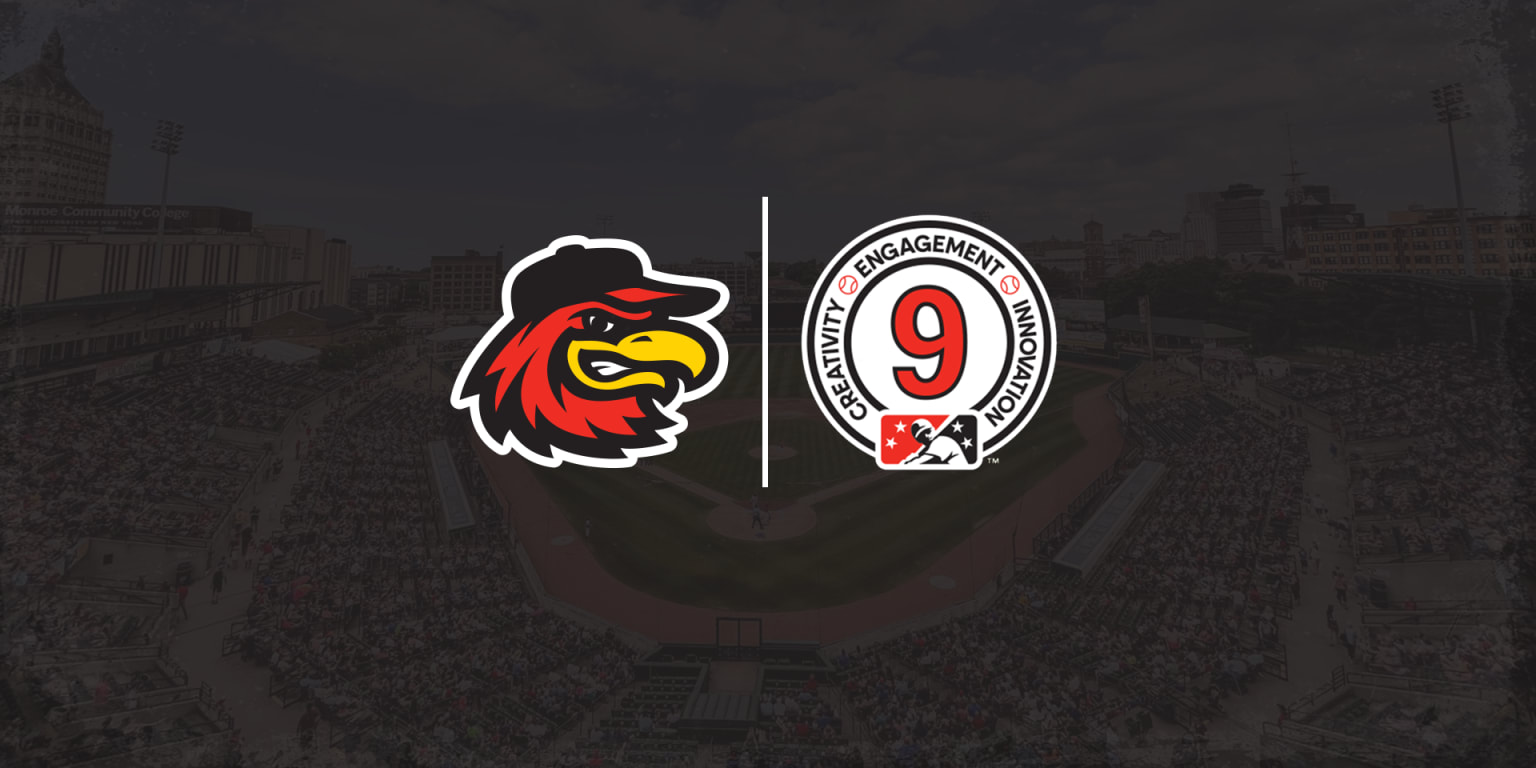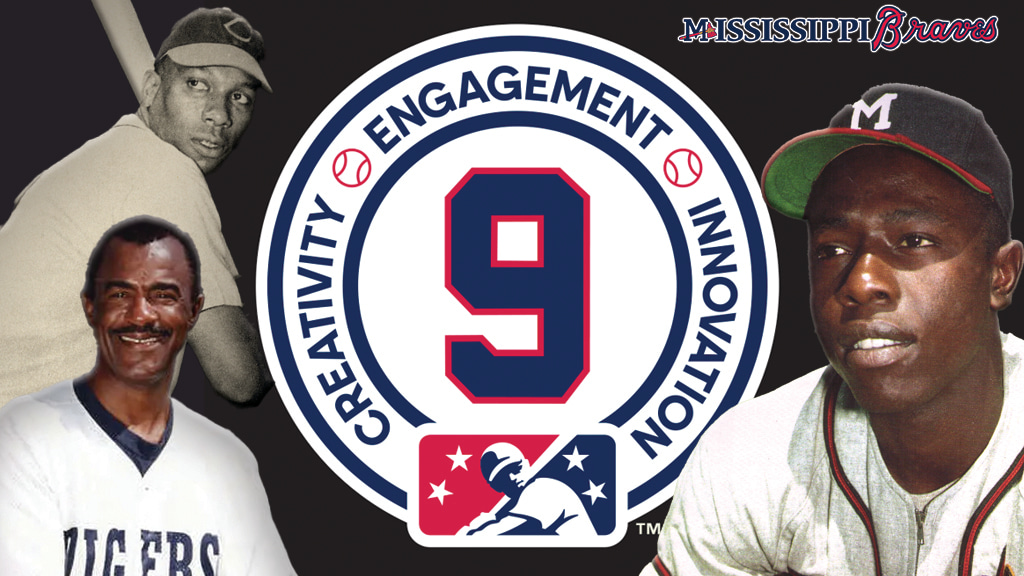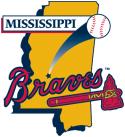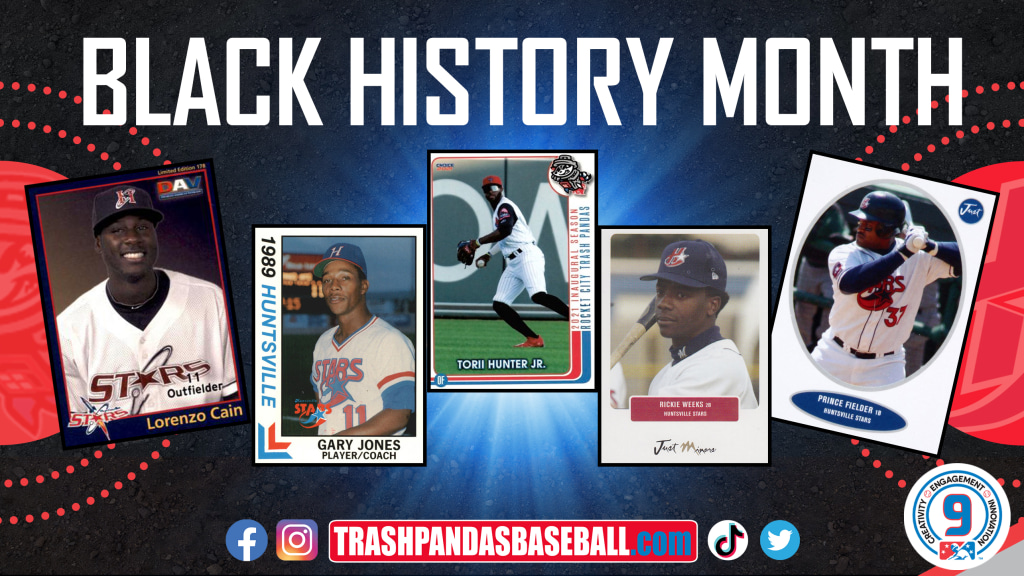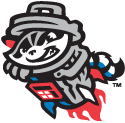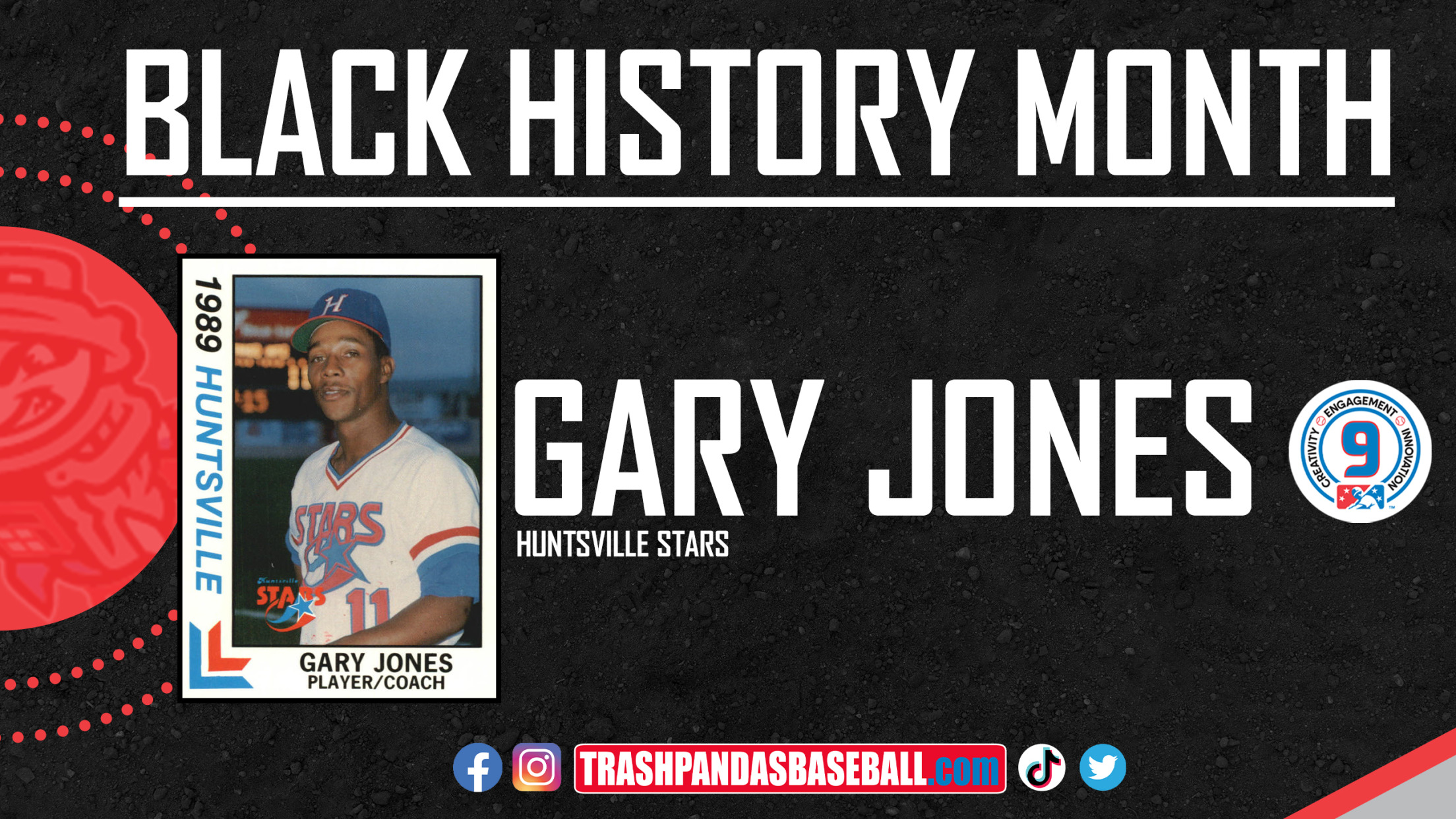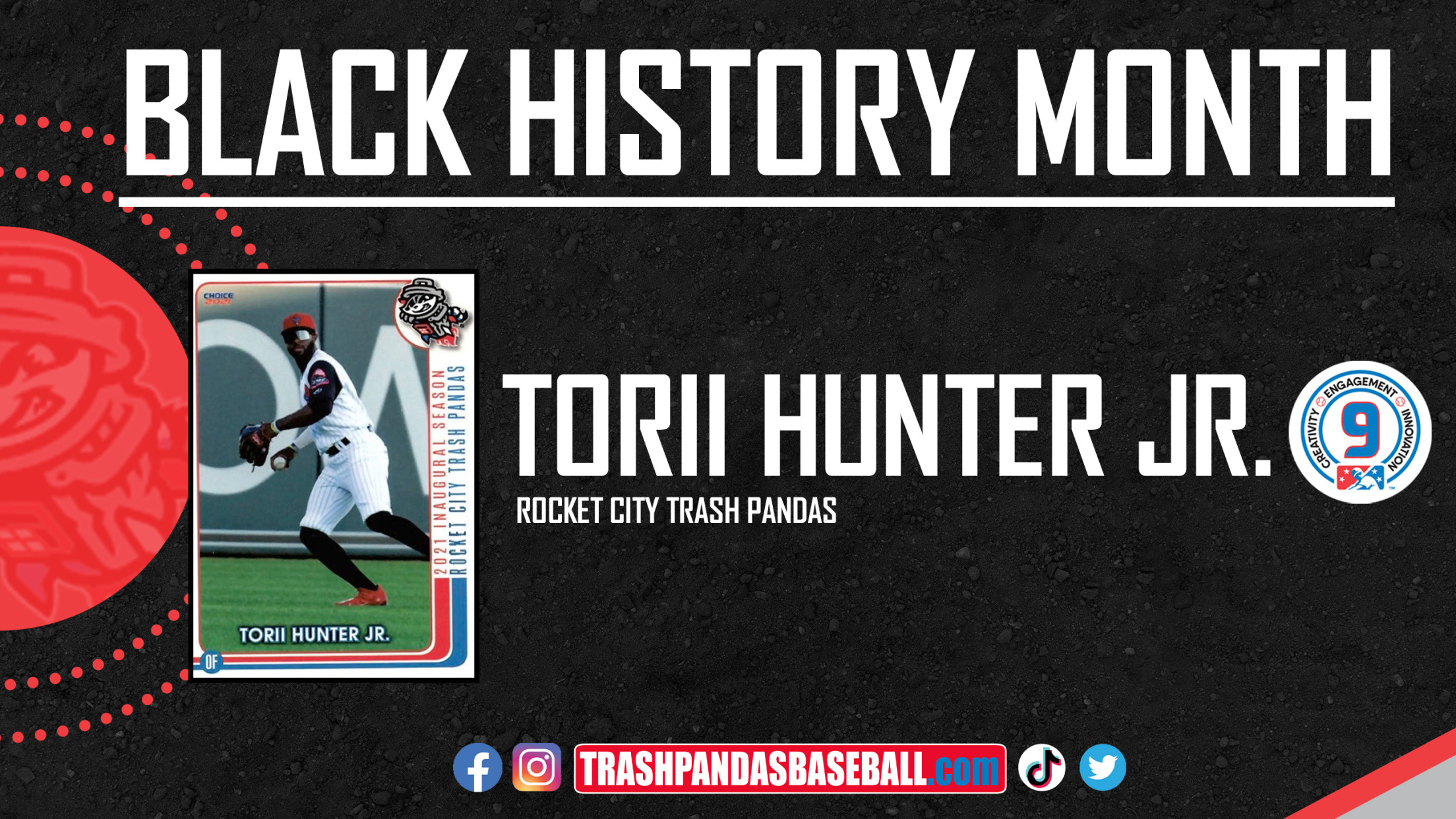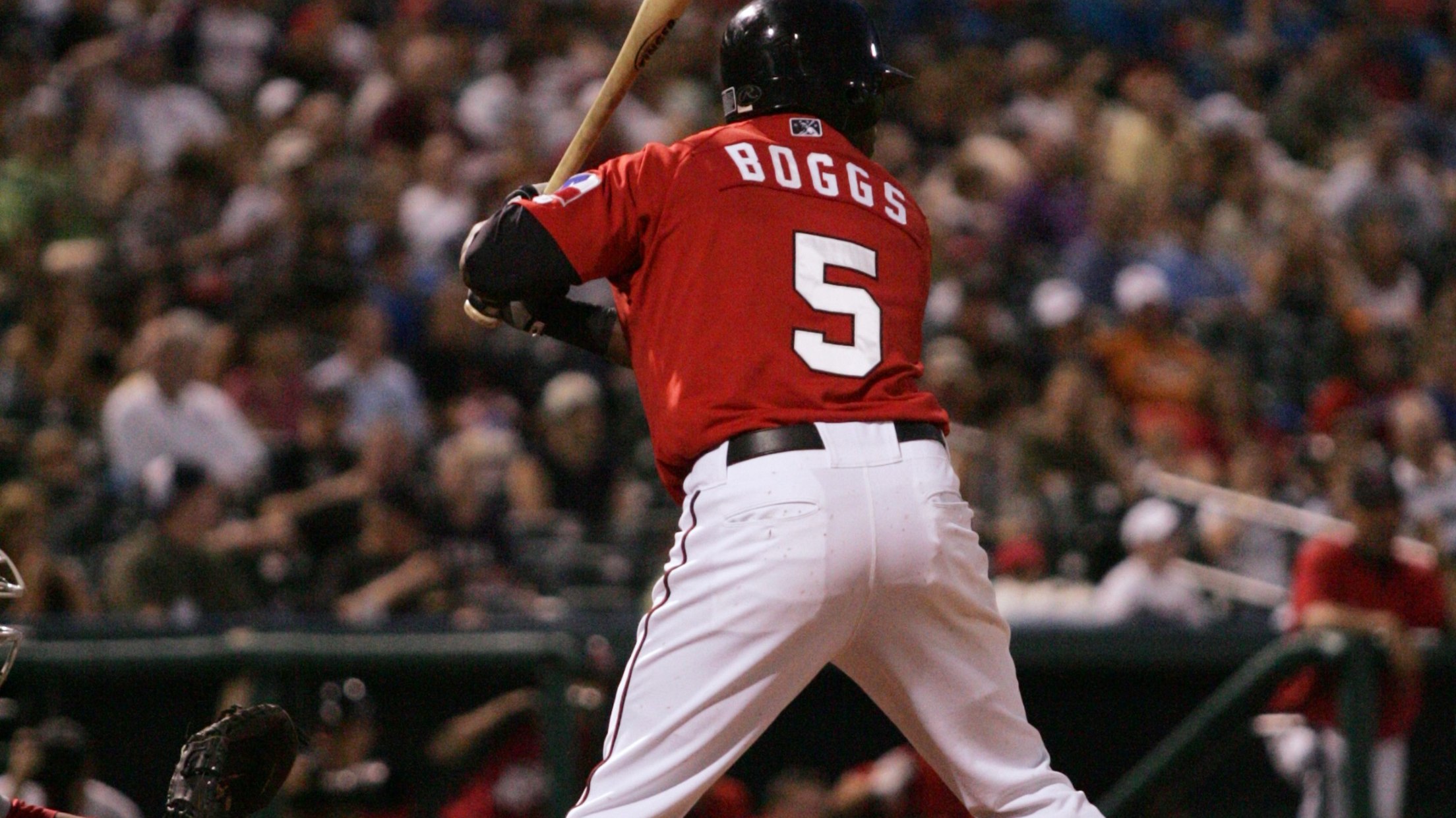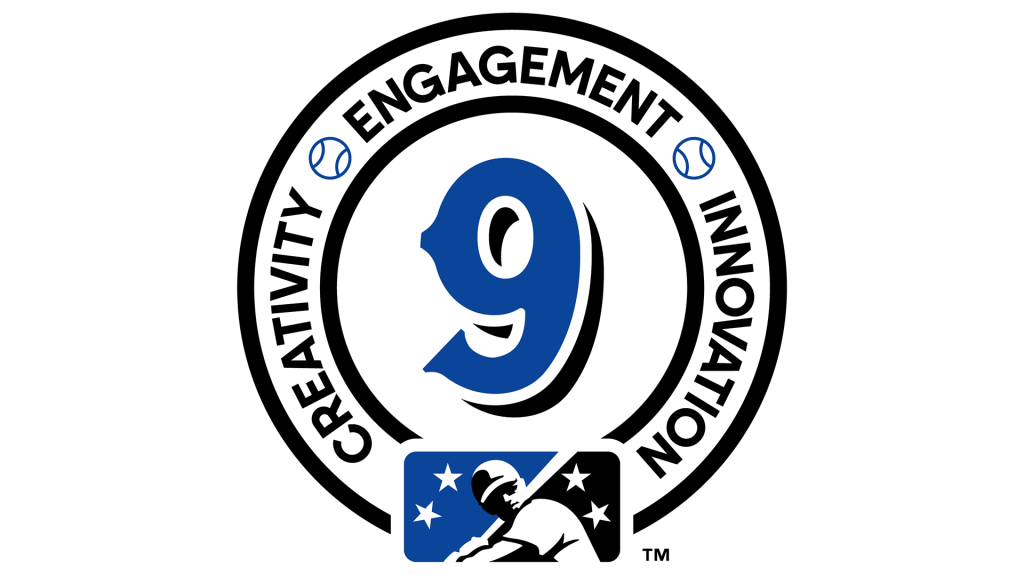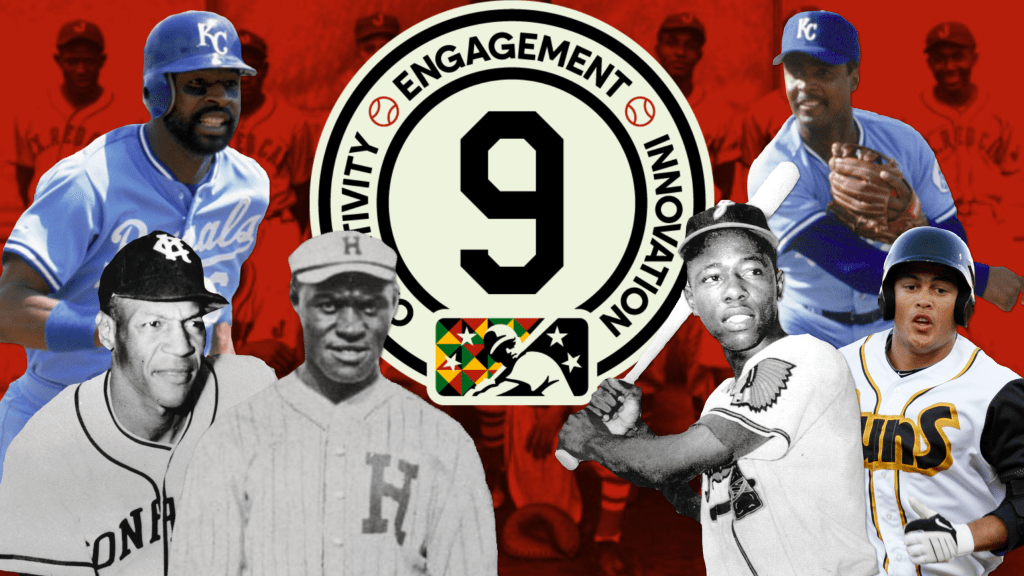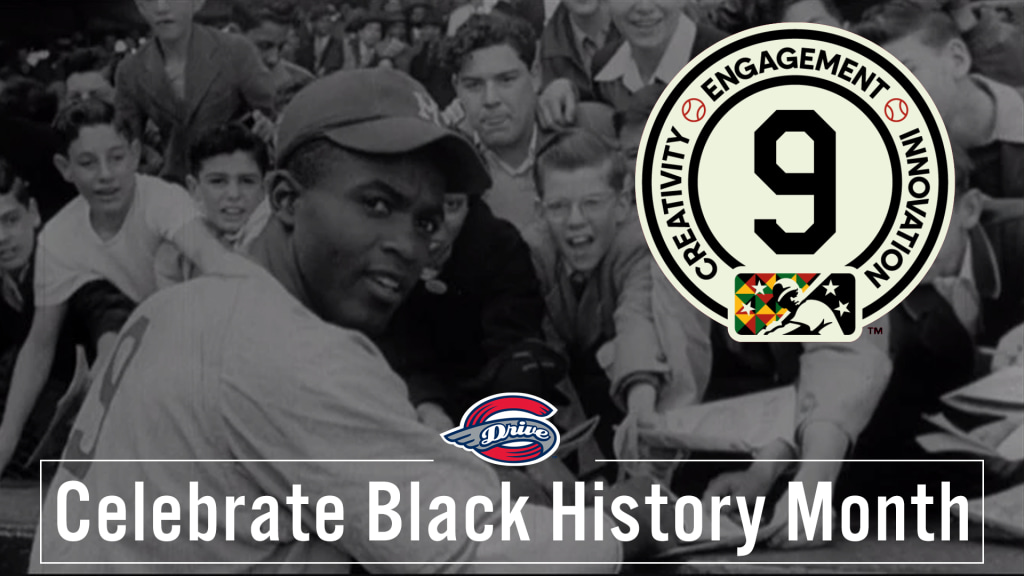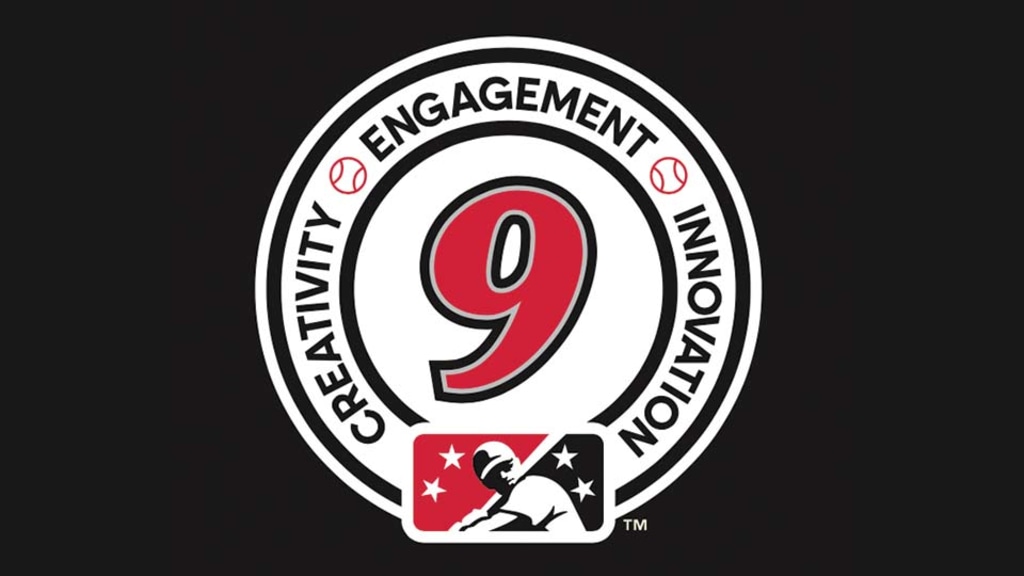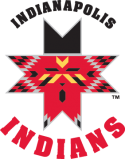Here is a link to the original story on the team's website.
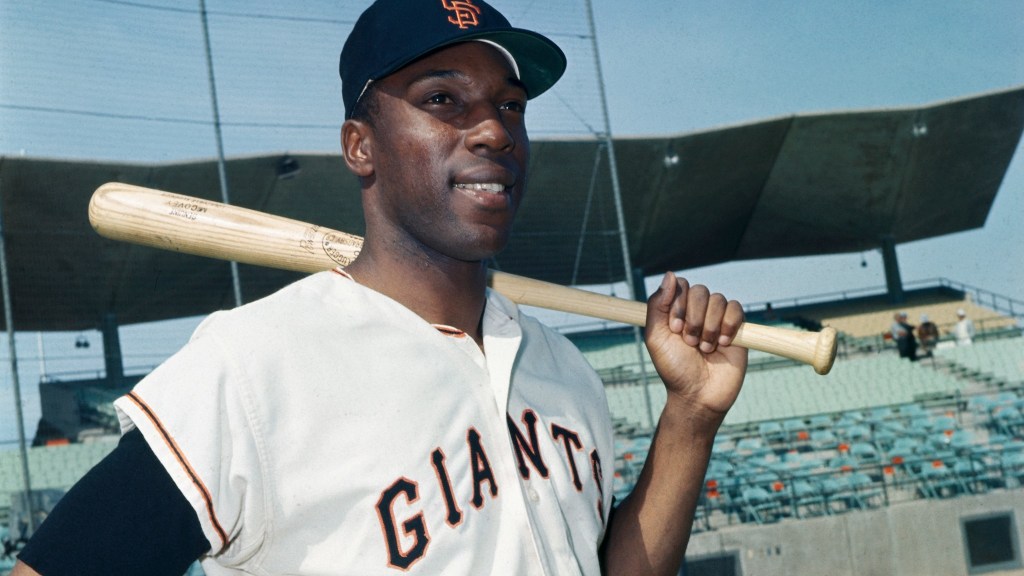
 In celebration of Black History Month throughout February, teams across Minor League Baseball are taking a look back at five of the best Black players to suit up for their club.
In celebration of Black History Month throughout February, teams across Minor League Baseball are taking a look back at five of the best Black players to suit up for their club.
While some of these standout performers went on to long and illustrious Major League careers, others simply had great Minor League careers or, in some cases, an incredible season that went down as “a year for the ages.”
Here is a look at five of the best Black baseball players ever to suit up for Triple-A clubs in Tacoma, selected on a combination of criteria including great play over multiple seasons at Cheney Stadium and/or graduating to big league stardom following a brief stay in The City of Destiny.
Willie McCovey, 1B/OF
Tacoma Giants, 1960
National League MVP, 1969
National Baseball Hall of Fame, 1986
After making his Major League debut with the San Francisco Giants in 1959 and being voted National League Rookie of the Year despite playing in only 52 games (.354, 13 HR), Willie McCovey appeared in 17 games for the Triple-A Giants in 1960, during the franchise’s first year in Tacoma/at Cheney Stadium. Those would be the final minor league games the future Hall of Famer would appear in, playing another 21 big league seasons for the Giants (through 1973), the San Diego Padres (1974-76) and the Oakland A’s (1976), before finishing his career back by the bay (1977-80) with San Francisco (2,588 career MLB games).
Elected by the writers to the Hall of Fame in 1986, McCovey led the National League in home runs three times (’63, ’68, ’69), and hit 521 as a Major Leaguer. He also led the NL in RBI consecutive seasons (1968-69), finished third in MVP voting in ’68, and won the award in ’69 (career-high 126 RBI, led NL with .453 OBP). He played in six All-Star Games, including four straight from 1968 through 1971.
In his Tacoma cameo, McCovey batted .286 over 77 plate appearances, homering three times with 16 RBI.
Adam Jones, OF
Tacoma Rainiers, 2006-07
Four-time Gold Glove Winner
World Baseball Classic Champion, 2017
Like McCovey, Adam Jones’s final appearance with Tacoma would be his final in MiLB at any level. The durable centerfielder of multiple Baltimore Orioles postseason runs in 2012, ’14 and ’16, Jones played fewer than 150 games only once between 2011 and 2016, and led the AL by appearing 162 times in 2012.
Jones was summoned from Tacoma to make his MLB debut with the Seattle Mariners on July 14, 2006, and between ’06 and ’07 would play in 197 games with the Rainiers and 73 more with the Mariners. A February 8, 2008 trade to Baltimore would point him to becoming one of that franchise’s all-time greats. Jones racked up numerous major awards with the Orioles, including four Rawlings Gold Gloves (three consecutive, 2012-14), a 2013 Silver Slugger Award, as well as five All-Star Game appearances (four consecutive, 2012-15).
In 2017, Jones provided perhaps the all-time greatest single moment or play to date in World Baseball Classic history, when he robbed Orioles teammate Manny Machado (Dominican Republic) of a home run in the seventh inning of an elimination game in his native San Diego. The United States went on to victory, and ultimately their first WBC championship.
Playing in Baltimore through 2018, Jones spent the 2019 season with the Arizona Diamondbacks and has spent the two most recent seasons with the Orix Buffaloes of Osaka, Japan, in Nippon Professional Baseball. As a Triple-A player with Tacoma, Jones was a .301 hitter with 41 homers. In over 1,800 MLB games, he has 282 career homers and 945 RBI.
Danny Goodwin, 1B/OF
Tacoma Tigers, 1982-85
#1 overall draft pick…twice
Tacoma franchise RBI leader
While Danny Goodwin made plenty of noise as a Cheney Stadium power source for the Oakland A’s-affiliated Tacoma Tigers in the latter half of his career, it was how his pro career began – and then began again – that makes him the answer to an all-time trivia question.
Goodwin is the only player to be selected first overall in the first year player draft twice. Rather than sign with the Chicago White Sox out of high school in Peoria, IL in 1971, Goodwin attended and played for Southern University in Baton Rouge, LA and was taken atop the draft a second time by the California Angels in 1975 (with a record signing bonus of $150,000).
He wound up a veteran of 252 Major League games spread over seven seasons between 1975 and 1982, with the Angels, Minnesota Twins and A’s, ending his career in 1986 with the Nankai Hawks of Osaka, Japan (Japan Pacific League). During 435 games with Tacoma over his final four seasons stateside, Goodwin launched 64 home runs, placing him in a tie for fourth on Tacoma’s all-time list. The franchise’s all-time leader in RBI (301), Goodwin is also top five in Tacoma’s Triple-A history in games played, at-bats (1,520), hits (454), total bases (754) and walks (237).
Bob Perry, OF
Tacoma Giants, 1960-63
As a Tacoma Giant for the first three full seasons of Triple-A baseball in the city, and briefly to begin 1963, Bob Perry is tied for third with Goodwin in all-time games played with Tacoma (435). His 21 triples rank second in franchise history, and Perry is in Tacoma’s top 10 in at-bats (1,414), runs (210), hits (395), total bases (647) and RBI (225). His 50 home runs tie him for 13th all-time.
When Perry’s contract was purchased by the Los Angeles Angels in May 1963 from the San Francisco Giants, he made his Major League debut, appearing in 131 total games through 1964 with the American League club. Perry originally signed with the New York Giants in 1953 prior to their move west – battling through a decade in the minors to make his big league debut. In several more Triple-A stops through his final season in 1970, Perry lifted 206 career minor league homers (six in MLB).
Kelvin Moore, 1B
Tacoma Tigers, 1981-83
A star of the first three Oakland A’s-affiliated teams in Tacoma, Kelvin Moore played in 282 games for the T-Town Tigers before a July 1983 trade to the New York Mets. Over three seasons he got into 76 big league games with Oakland in-between stints with Tacoma.
Moore is top 15 all-time in Tacoma’s Triple-A record book in RBI (213), runs scored (187) and total bases (550), after blasting 57 homers – an average of one every five games played with Tacoma – placing him ninth on the franchise home run list.


 In celebration of Black History Month, throughout February, teams across Minor League Baseball are taking a look back at five of the best Black players to suit up for their club.
In celebration of Black History Month, throughout February, teams across Minor League Baseball are taking a look back at five of the best Black players to suit up for their club.


